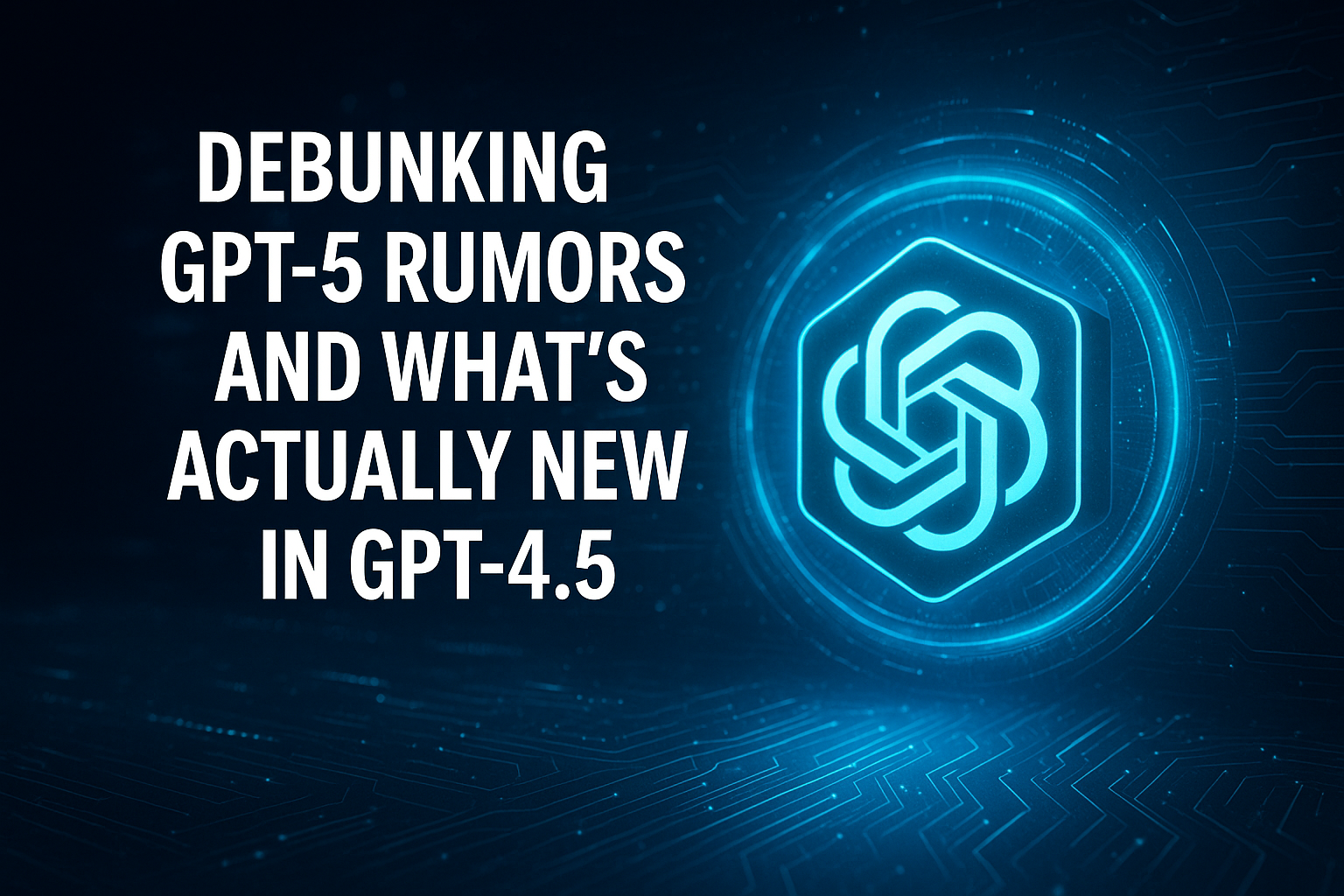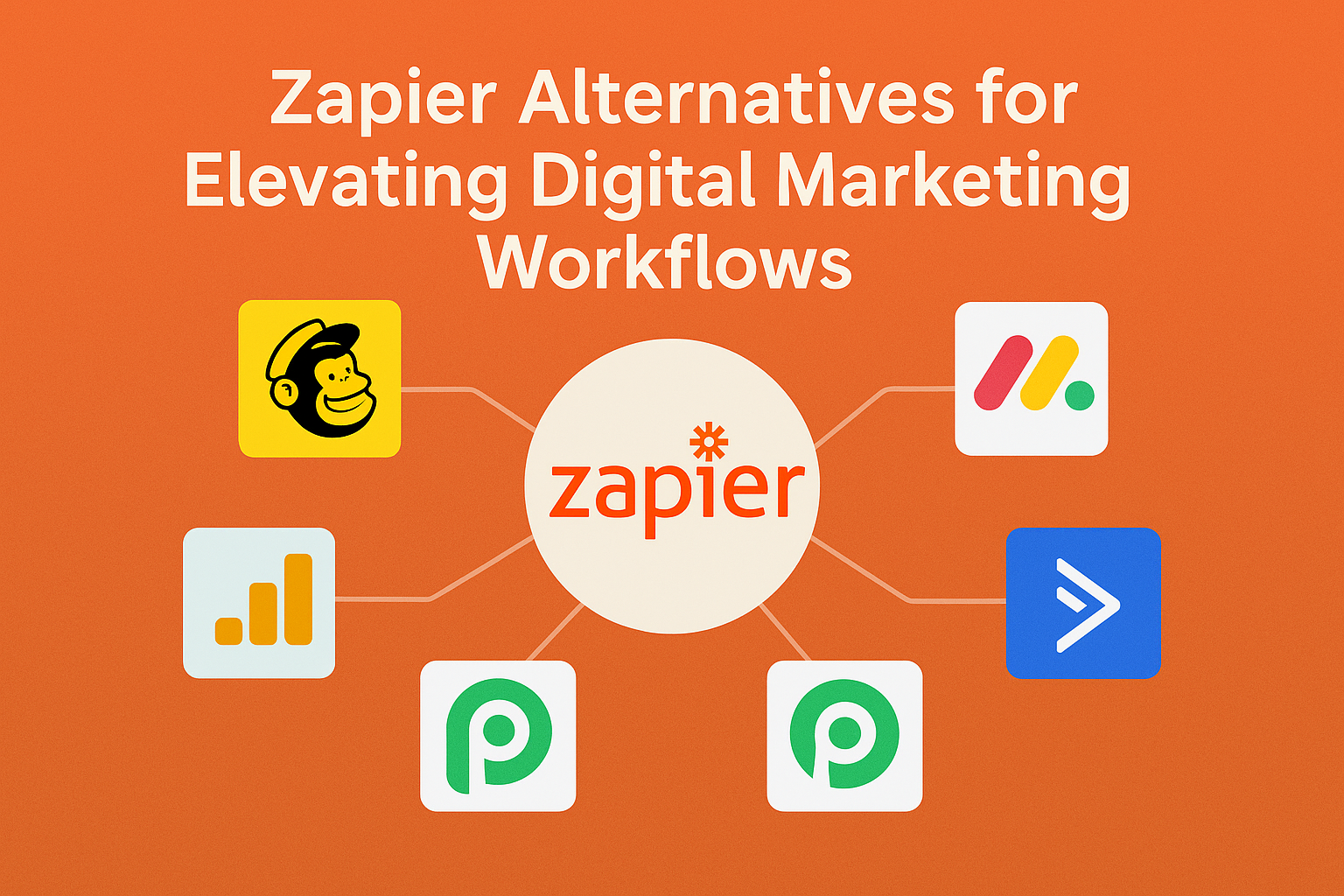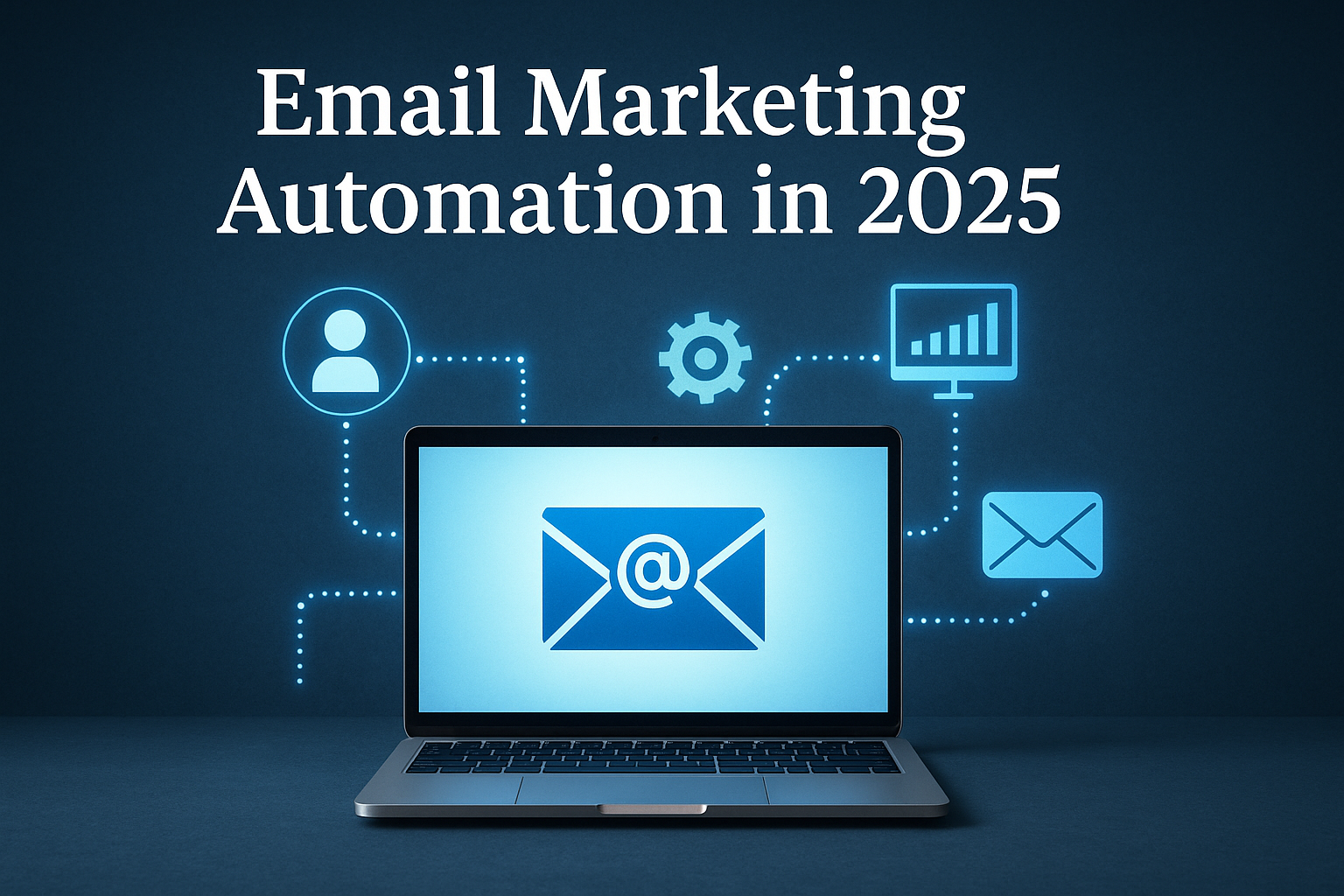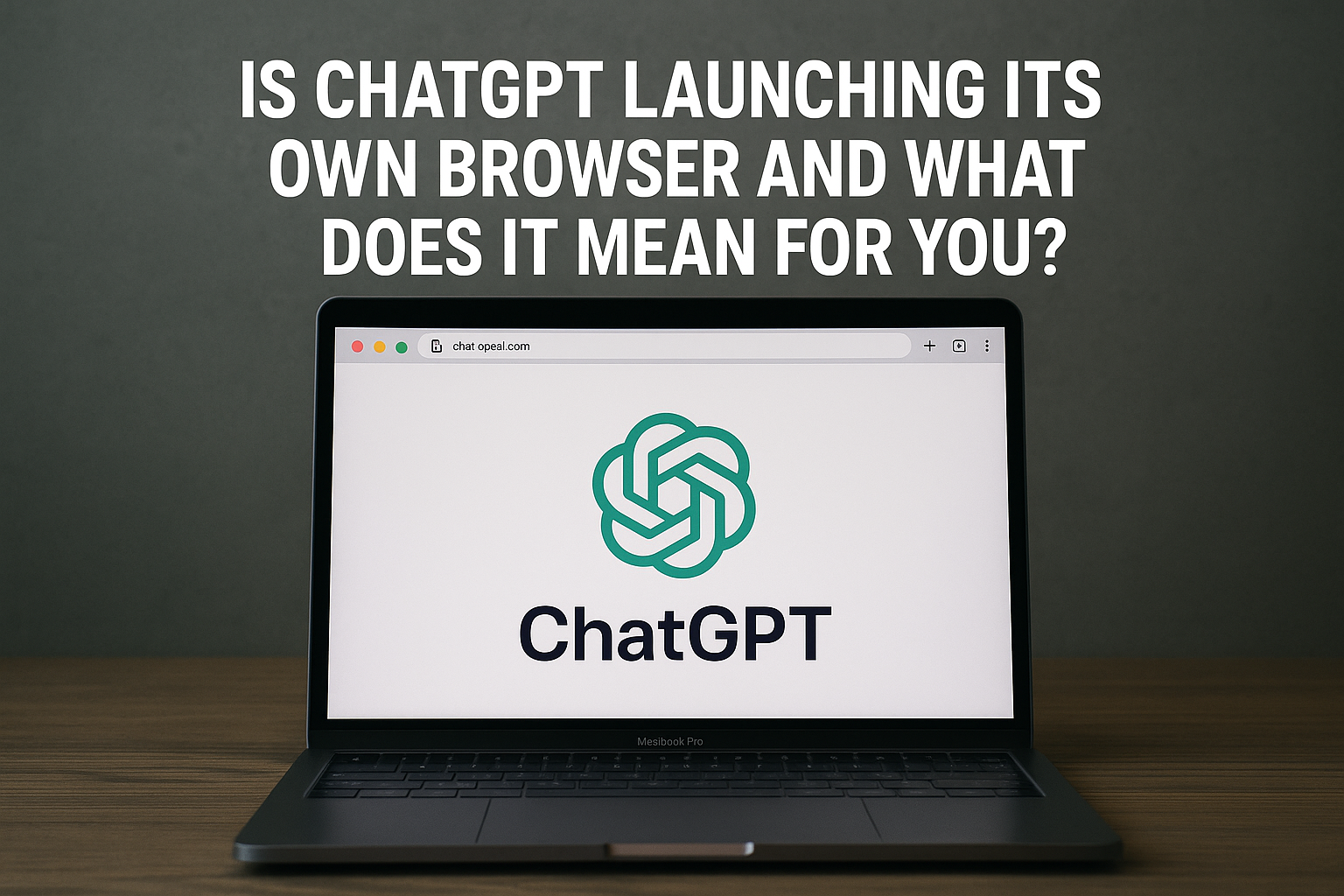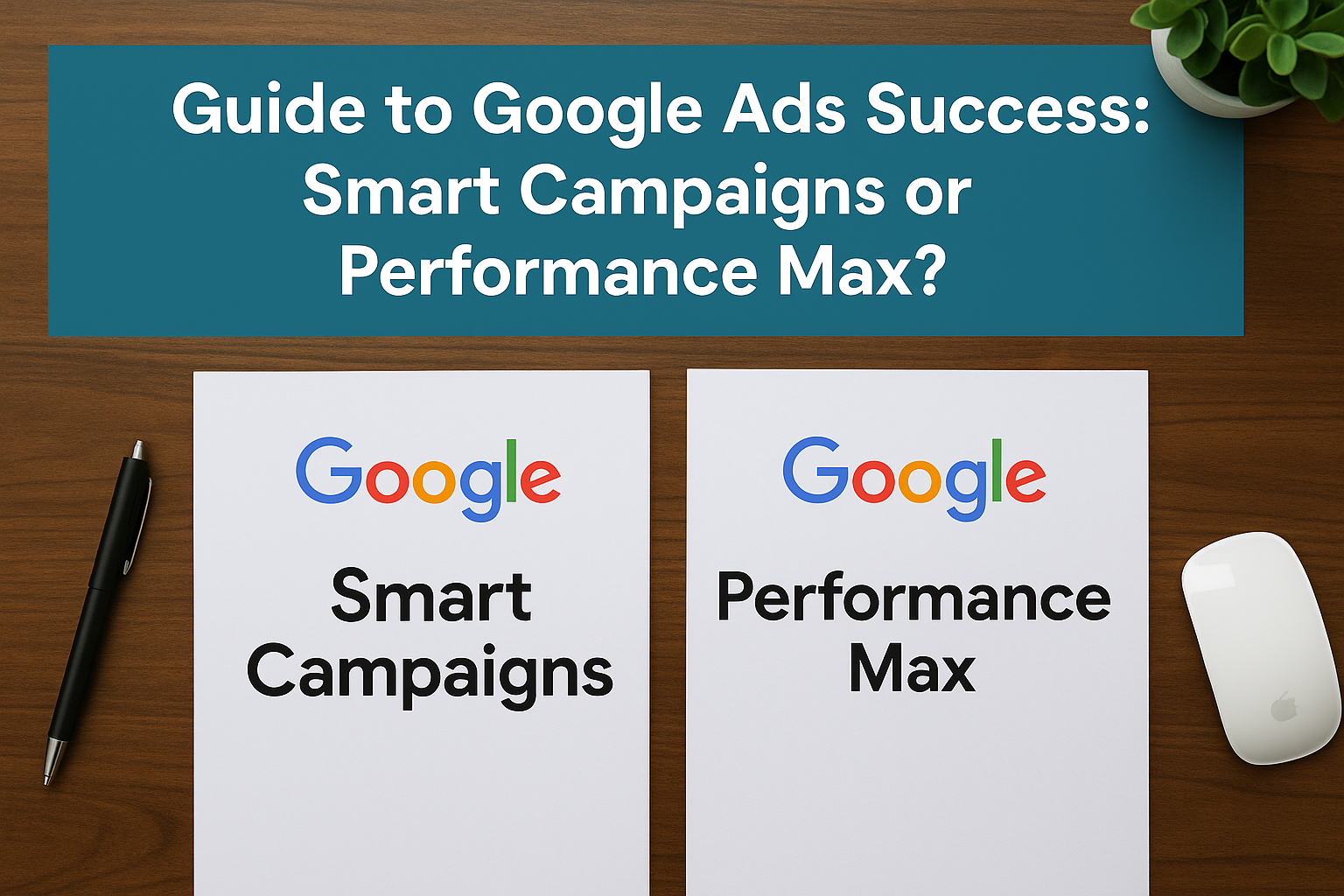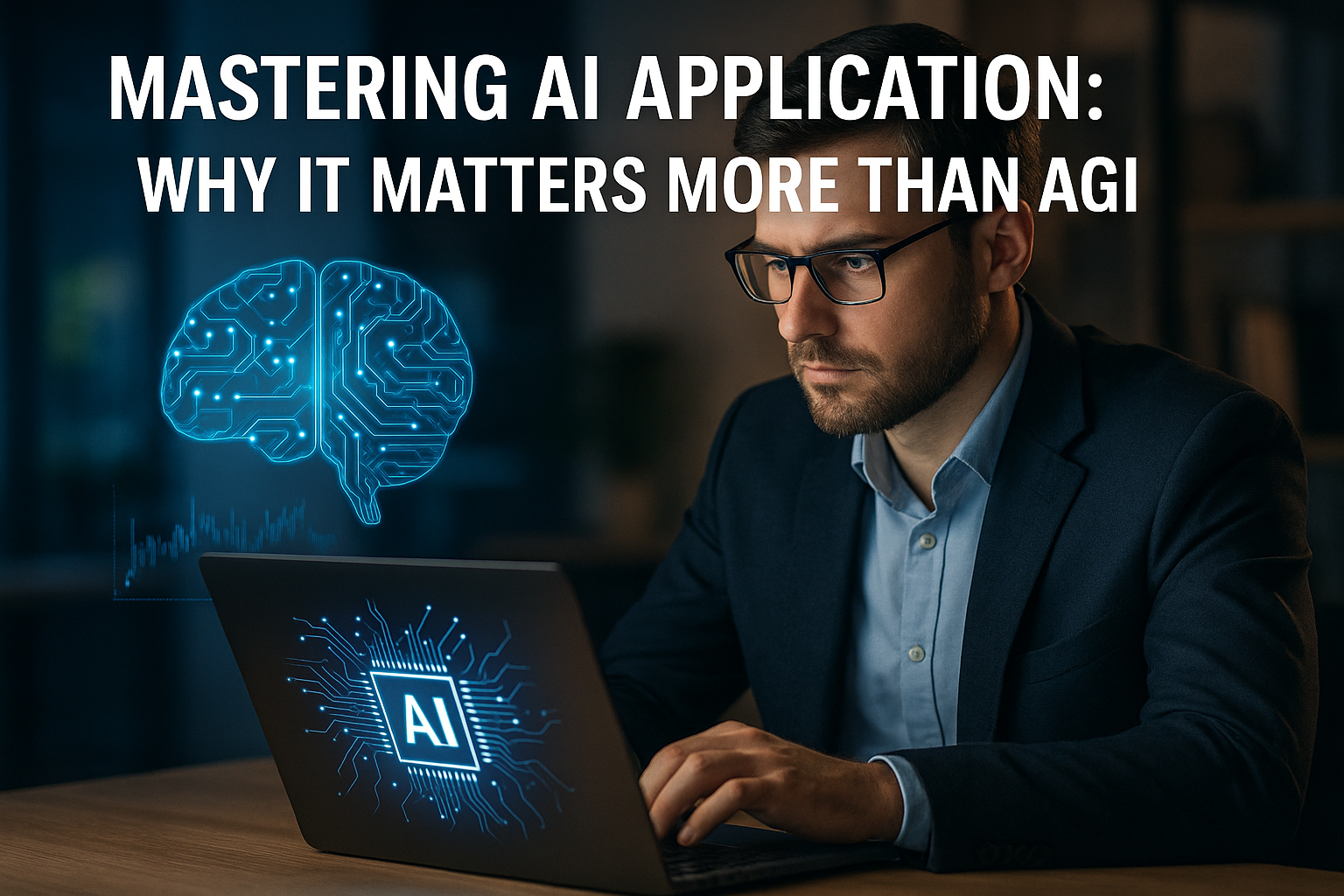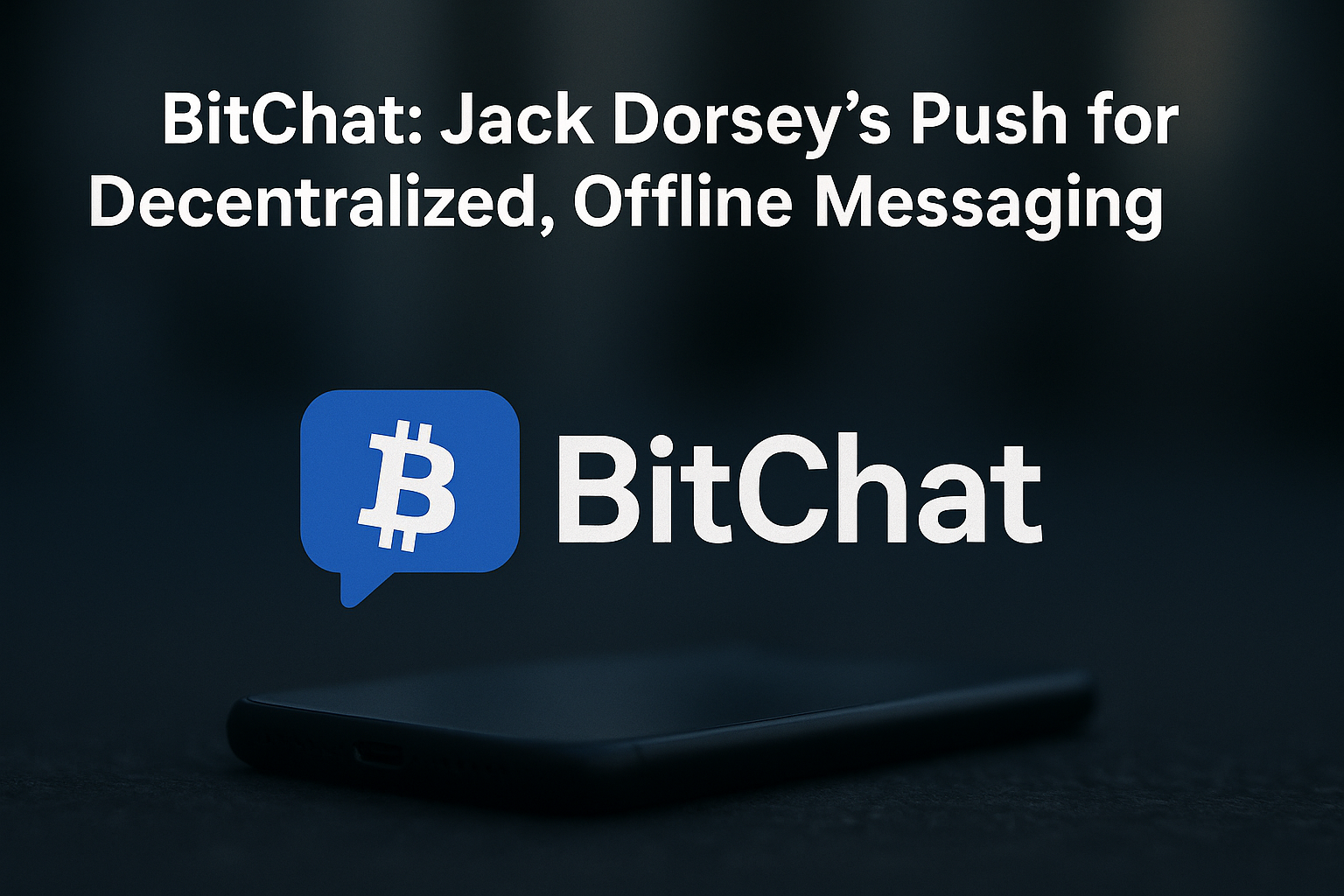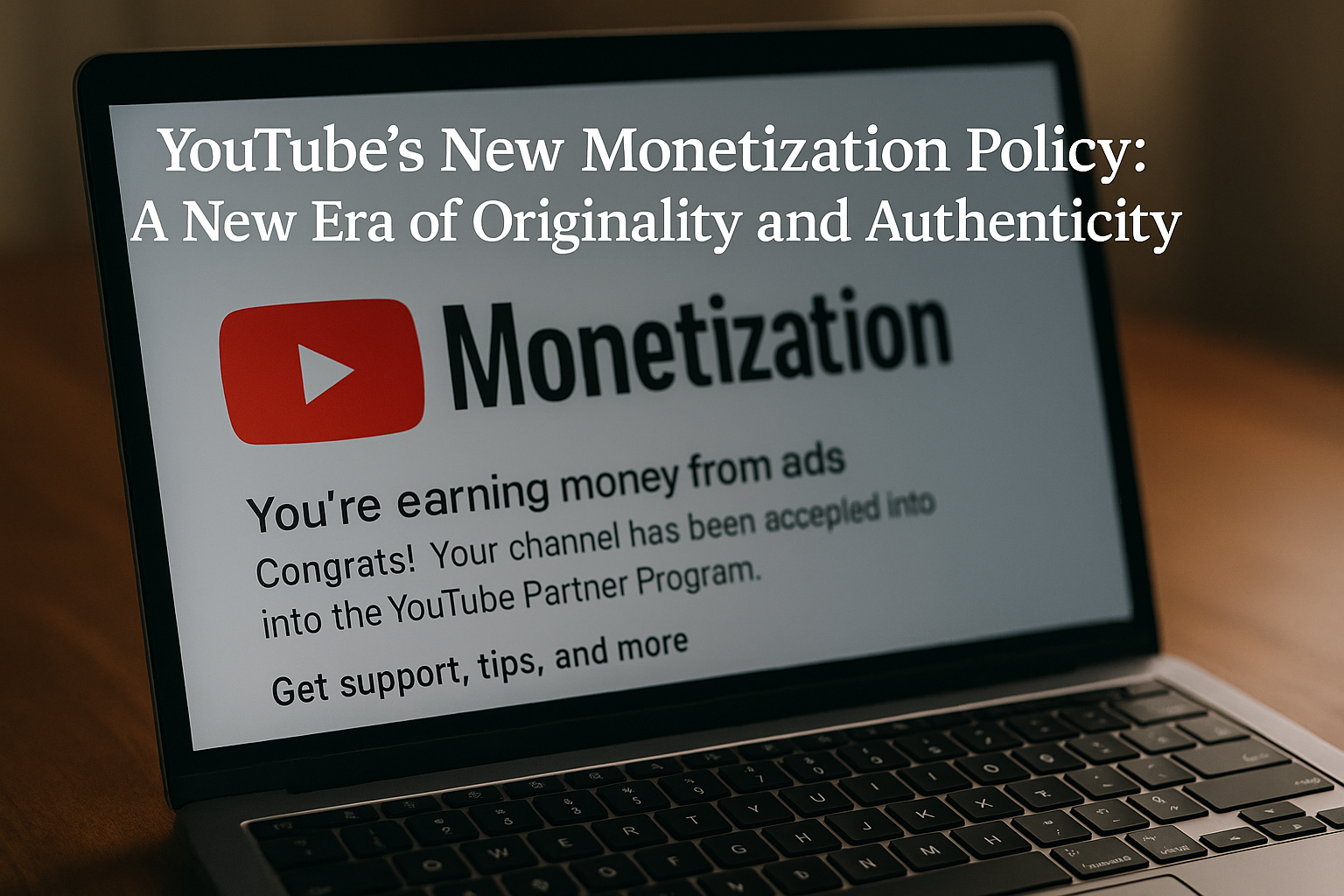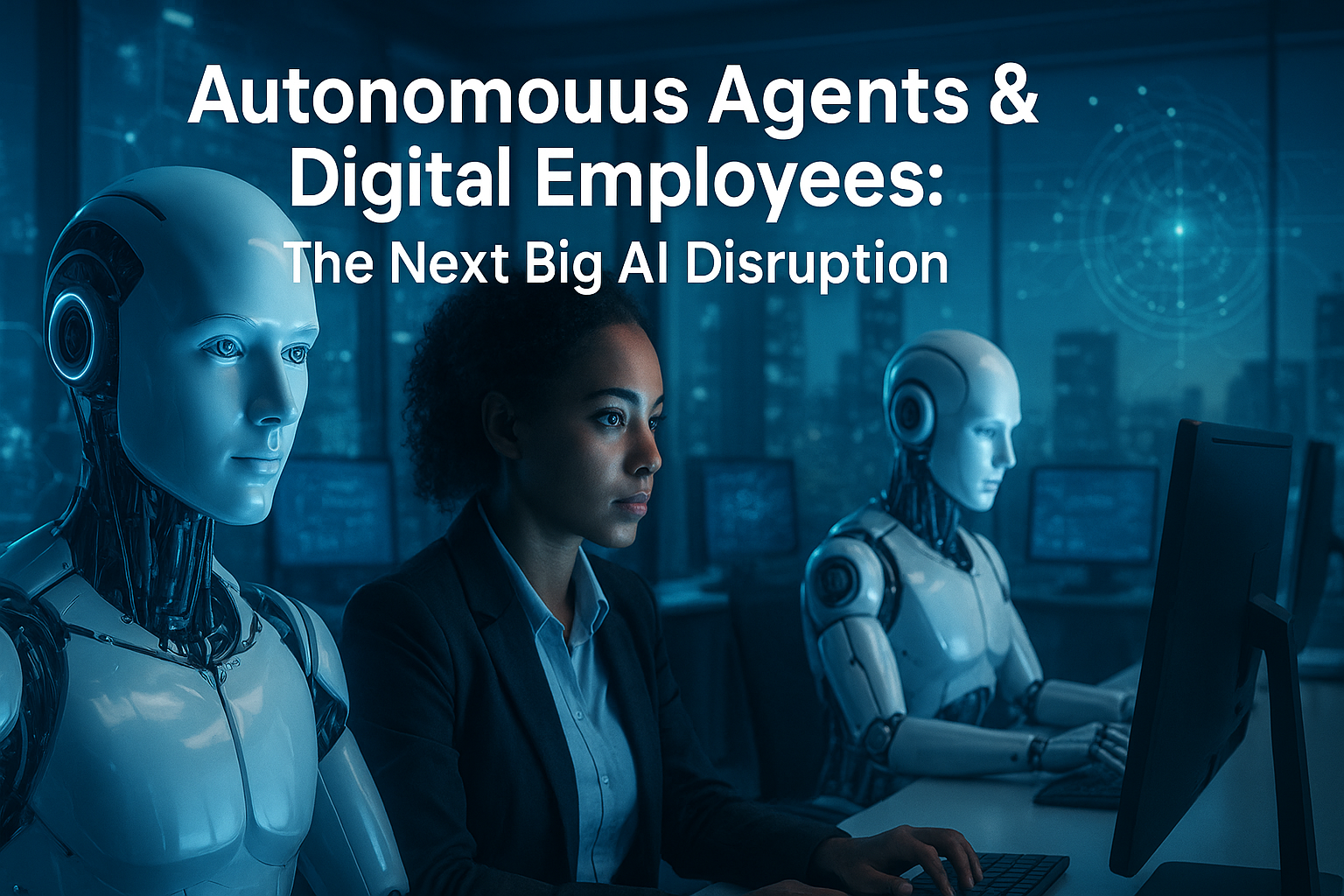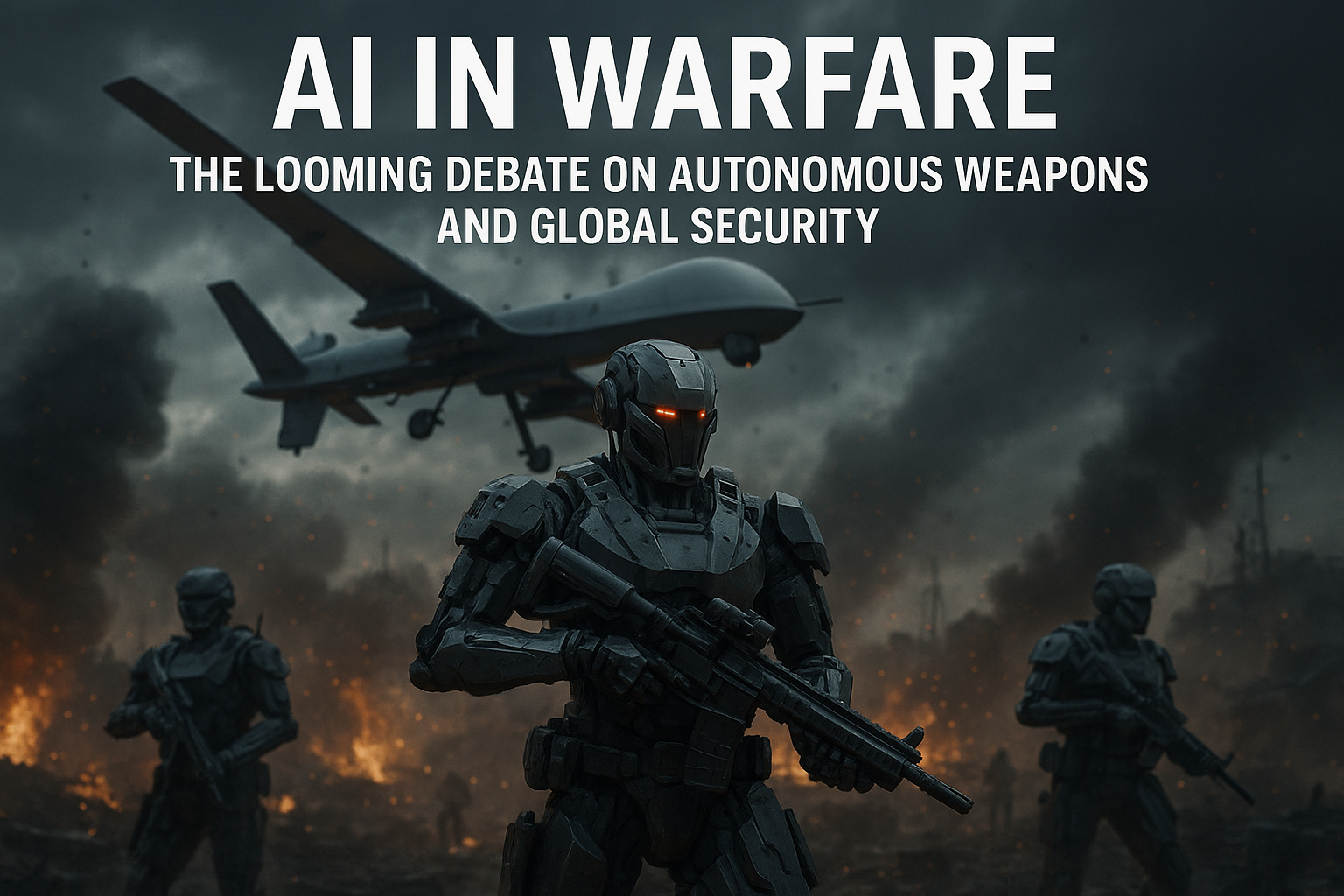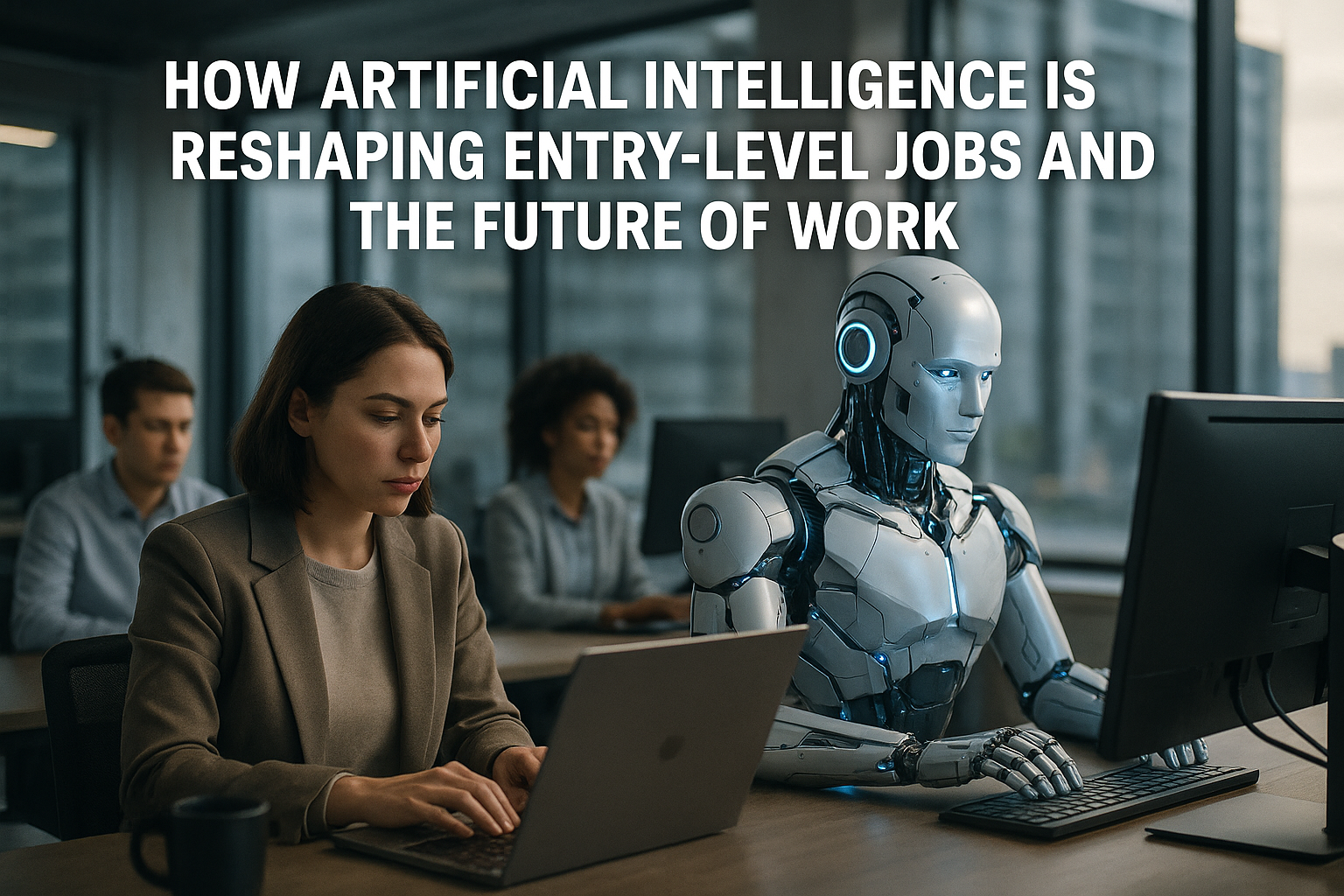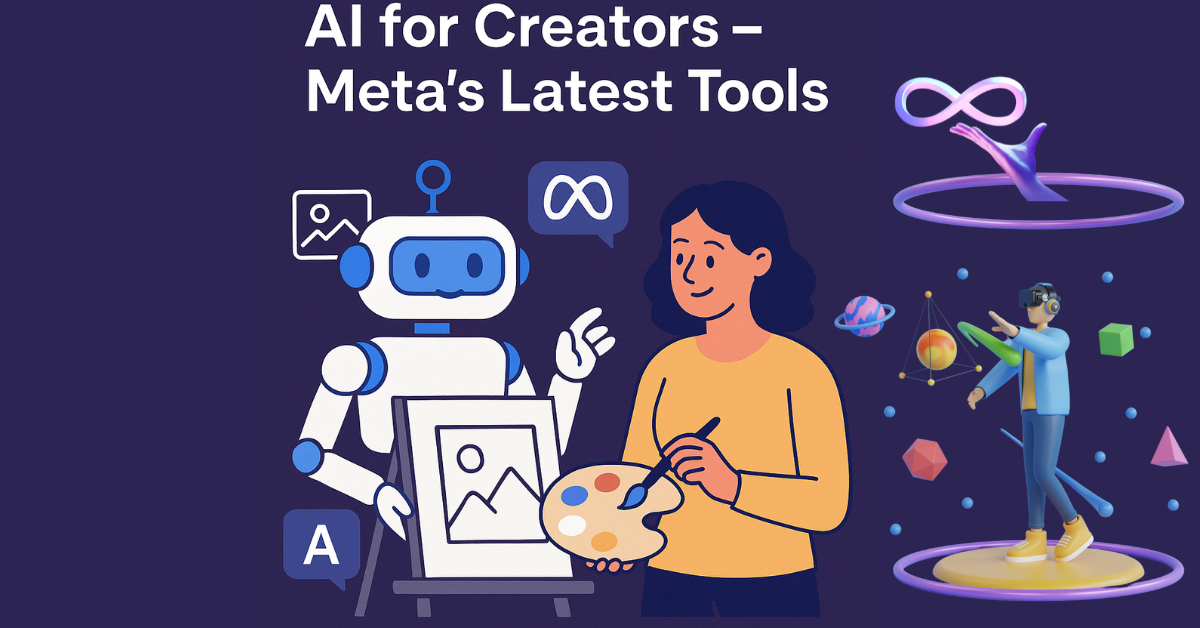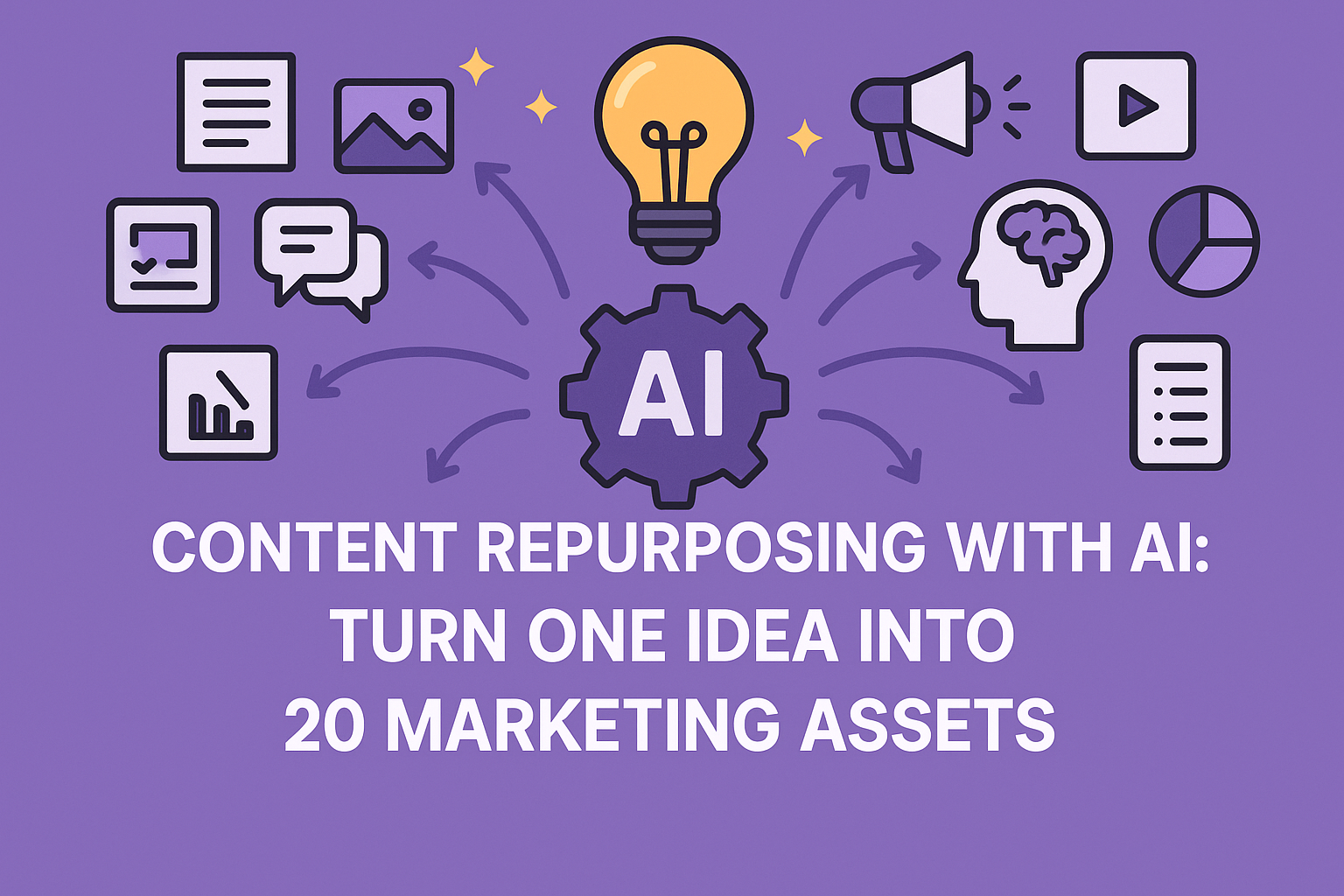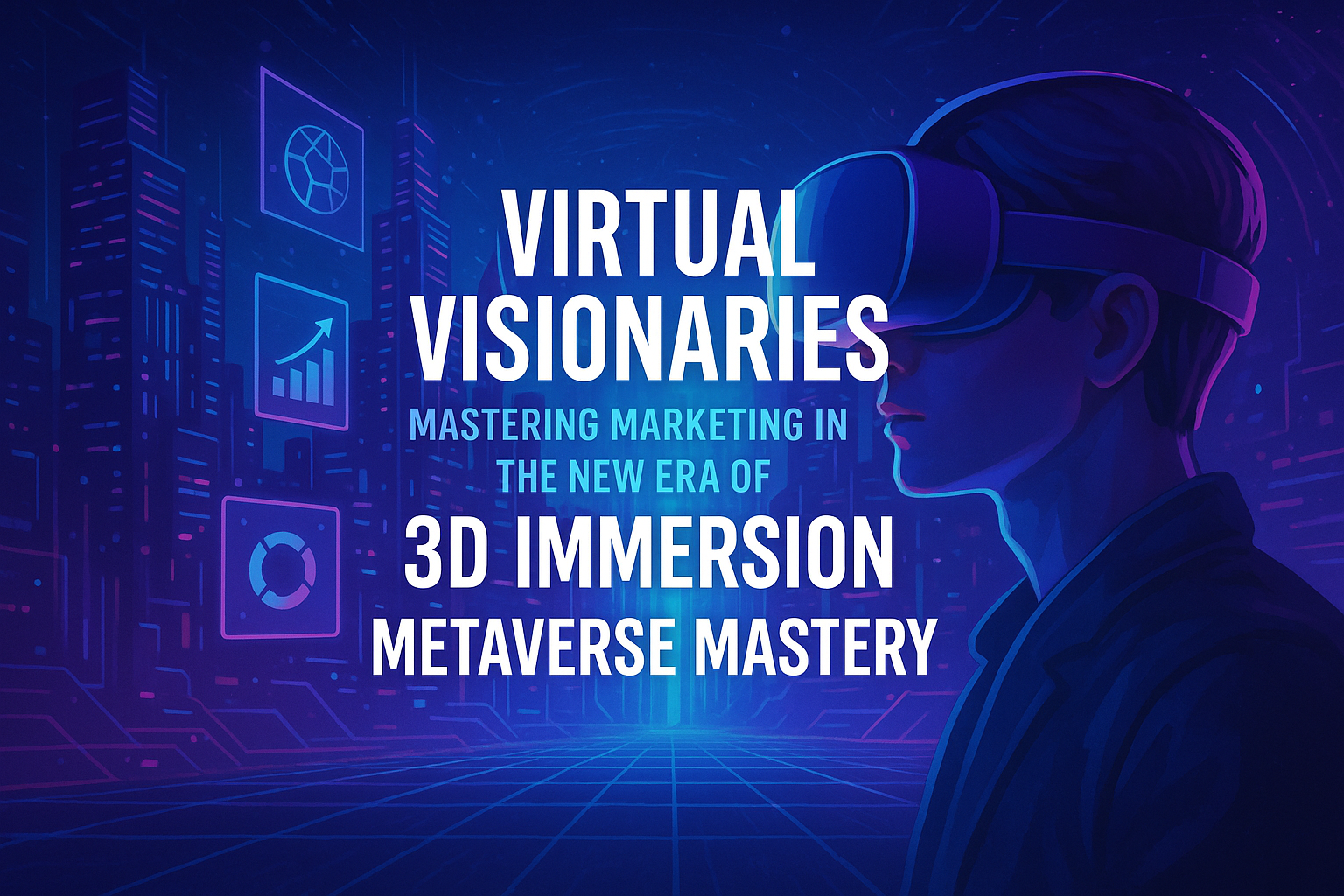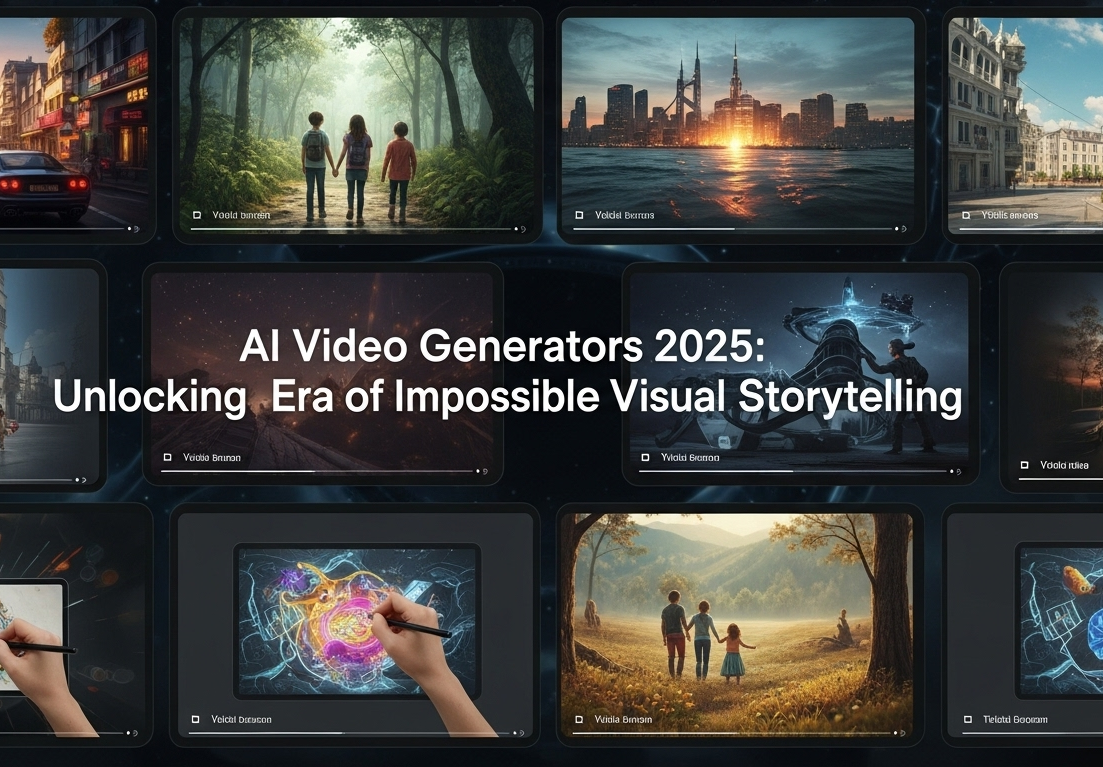The landscape of Artificial Intelligence is in a constant state of flux, and at its very heart, OpenAI consistently commands attention with its groundbreaking large language models (LLMs). The sheer anticipation surrounding their next major release, GPT-5, has generated an almost unprecedented level of speculation, leaked hints, and fervent discussions across the global tech community. Yet, amidst the enthusiastic whispers of what GPT-5 might become, it’s vital to anchor ourselves in what’s already tangible: the genuine advancements and capabilities rolled out with GPT-4.5.
For many, differentiating between incremental updates like GPT-4.5 and a monumental generational leap such as GPT-5 can be quite perplexing. OpenAI’s typical strategy often involves delivering significant enhancements through more focused, smaller models or as direct updates to existing ones, saving the auspicious “next big number” for a truly paradigm-shifting release.
The Echoes of GPT-5:
The mere mention of “GPT-5” sparks visions of an AI that could fundamentally transform our interaction with technology. Sam Altman, OpenAI’s CEO, has certainly fueled this excitement with various hints and ambitious aspirations, but solid, confirmed details largely remain elusive.
Prominent Speculations and circulating Rumors regarding GPT-5:

- Anticipated Launch Window: The most persistent and amplified rumor, reinforced by recent remarks from OpenAI executives like Romain Huet and even Altman himself, points towards a “summer 2025” unveiling for GPT-5, potentially in July or August. This timeframe generally aligns with OpenAI’s historical pattern of releasing major updates every 1 to 2 years.
- Model Convergence (“The Unified AI”): A recurring theme in statements from OpenAI figures is the prospect of GPT-5 integrating the distinct “GPT series” with the “o-series” (like GPT-4o, and its foundational ‘omni’ capabilities). The aspiration is to offer a unified, streamlined user experience, eliminating the need for users to manually select different models for specific tasks (text, image, audio) within ChatGPT. This strongly implies that GPT-5 would seamlessly blend advanced reasoning with comprehensive multimodality (handling text, images, audio, and potentially even video inputs and outputs fluidly).
- Elevated Reasoning and Enhanced Reliability: High expectations are set for GPT-5 to demonstrate substantial progress in complex logical reasoning, sophisticated problem-solving, and a drastic reduction in “hallucinations” (the generation of factually incorrect or nonsensical information). Achieving this would position it as a far more dependable and capable AI for mission-critical applications.
- Expanded Context Horizons: An AI’s capacity to retain and process more information from previous interactions (its “context window”) is paramount for sustaining long, complex conversations and handling intricate tasks. GPT-5 is widely anticipated to support even more expansive context windows than its predecessors, leading to more coherent and relevant long-form dialogues.
- Autonomous AI Agents (Potential “Operator” Capabilities): Significant speculation abounds regarding GPT-5’s potential to facilitate the creation of highly sophisticated, autonomous AI agents. Unconfirmed reports suggest that an “Operator-like tool” could be embedded, allowing ChatGPT to autonomously perform various tasks on a user’s device or online, such as navigating a remote browser session. This points toward a future where AI doesn’t just answer questions but actively executes multi-step operations.
- Universal Performance Improvement: Sam Altman’s now-famous assertion that “GPT-4 is the dumbest model any of you will ever have to use again” establishes an incredibly high standard. This implies GPT-5 is expected to surpass all previous iterations across every conceivable metric, from general knowledge benchmarks to highly specialized evaluations.
While these rumors paint an exhilarating picture, it’s crucial to remember they remain speculative until an official announcement from OpenAI. The development process is inherently iterative, and features can be adjusted or face delays.
What’s Genuinely New: A Deep Dive into GPT-4.5’s Actual Advancements
Amidst the swirling GPT-5 frenzy, it’s easy to overlook the very real and noteworthy advancements that OpenAI has recently delivered, specifically with GPT-4.5. Introduced in late February 2025 as a “research preview” and made available to paid ChatGPT users, GPT-4.5 represents a significant step forward, albeit with a distinct focus when compared to the broadly multimodal GPT-4o.

Core Features and Significant Improvements within GPT-4.5:
- Elevated Conversational Nuance and Flow: Early feedback from users and internal testing consistently highlights that interacting with GPT-4.5 feels remarkably more natural. It demonstrates an enhanced comprehension of human intent, subtle nuances, and implicit cues, making interactions less stiff and more intuitive. This improvement is rooted in advanced unsupervised learning techniques and refined optimizations to its underlying training architecture.
- Increased Factual Accuracy and Reduced Hallucinations: This is arguably GPT-4.5’s most critical advancement. GPT-4.5 boasts a remarkably lower hallucination rate compared to its predecessors, attributed to training on more extensive, diverse datasets and sophisticated techniques that help it discern factual information from fabricated content.
- Improved Prompt Fidelity and Contextual Memory: GPT-4.5 follows user instructions with greater precision, significantly reducing instances where responses diverge from the initial prompt. It also exhibits enhanced context retention, meaning it maintains a superior “memory” of preceding details in prolonged conversations, leading to more coherent and dependable multi-turn interactions.
- Heightened Emotional Intelligence (EQ): GPT-4.5 showcases a noticeable improvement in interpreting and responding to emotional cues. Through Reinforcement Learning with Human Feedback (RLHF), it learns from human evaluations to provide more empathetic, natural, and contextually appropriate responses, sidestepping misinterpretations that could lead to inappropriate reactions. This makes it a more suitable conversational partner for sensitive topics or when a nuanced tone is required.
- Superior Text-Based Writing and Creativity: While GPT-4o excels in broad multimodal creativity, GPT-4.5 particularly shines in long-form writing, narrative development, and nuanced text-based content creation. It can skillfully adapt its tone and style based on provided guidelines, producing polished, almost publication-ready documents with minimal need for revision. Its capability to generate lengthier, more structured responses is a significant advantage over previous versions that often truncated outputs.
- Advanced Text-Based Problem-Solving (Reasoning): Although GPT-4.5 isn’t primarily a “reasoning model” in the same vein as OpenAI’s specialized o-series (which leverages chain-of-thought reasoning), it shows considerable advancements in text-based problem-solving. Benchmarks indicate it outperforms GPT-4o in areas like mathematical problems (e.g., AIME 2024 test) and scientific reasoning (e.g., GPQA test), as well as coding performance (e.g., SWE-Lancer Diamond benchmark). This suggests a deeper understanding and improved ability to process complex textual information to arrive at accurate solutions.
- Faster Response Times and Optimized Resource Use: Despite being a very large and computationally intensive model, GPT-4.5 is optimized for more efficient resource allocation, ensuring consistent performance and quicker response times even for intricate queries.
- Dynamic Knowledge Integration: GPT-4.5 is engineered with enhanced flexibility for updating its knowledge base by incorporating dynamic data sources. This minimizes the risk of providing outdated information and allows it to adapt to changing real-world conditions more effectively.
It’s crucial to understand that while GPT-4.5 excels in these text-focused domains, OpenAI emphasizes that it’s not a direct replacement for GPT-4o, especially where multimodal features (like voice mode, video, and screen sharing) are paramount. GPT-4o remains the more broadly applicable and often more cost-effective choice for diverse, real-time tasks. The clear objective with GPT-4.5 appears to have been pushing the boundaries of what’s possible in text generation, processing, and comprehension.
The Evolving AI Ecosystem and What Lies Ahead
OpenAI’s overarching strategy appears to involve a multi-pronged approach:

- Continuous iterative improvements to existing models (like ongoing updates to GPT-4o and the recent introduction of models like GPT-4.1 for coding tasks).
- Development of specialized models that capitalize on specific strengths (like GPT-4.5 for text accuracy and emotional intelligence, or the o-series for advanced reasoning).
- A future vision of a unified, immensely powerful, and truly multimodal GPT-5 that consolidates these diverse advancements into one seamless, intuitive interface.
The competitive environment in the AI arena is more intense than ever, with tech giants like Google (Gemini), Anthropic (Claude), and Meta investing monumental resources. This fierce competition compels OpenAI to innovate at an accelerated pace, accounting for their frequent updates and ambitious long-term plans.
For users, this translates into a constantly evolving array of AI tools. Understanding the subtle yet significant distinctions between models like GPT-4.5 and GPT-4o enables more effective and strategic utilization. For example, combining the strengths of GPT-4.5’s depth and precision with GPT-4o’s conversational fluency might become a common tactic for advanced users seeking optimal results.
Ultimately, while GPT-5 promises to be a monumental release, GPT-4.5 has already delivered substantial improvements, particularly in making AI more accurate, empathetic, and reliable for text-based applications. The journey toward increasingly powerful and intuitive AI is an ongoing expedition, marked by both the whispered promises of future breakthroughs and the tangible progress of current iterations.
If you found this information helpful, don’t forget to subscribe to Zealimpact.com. We’ll keep bringing you more AI related Blogs like this one. Your support is our strength.
If you found this information useful, don’t forget to share it with your friends and family.

